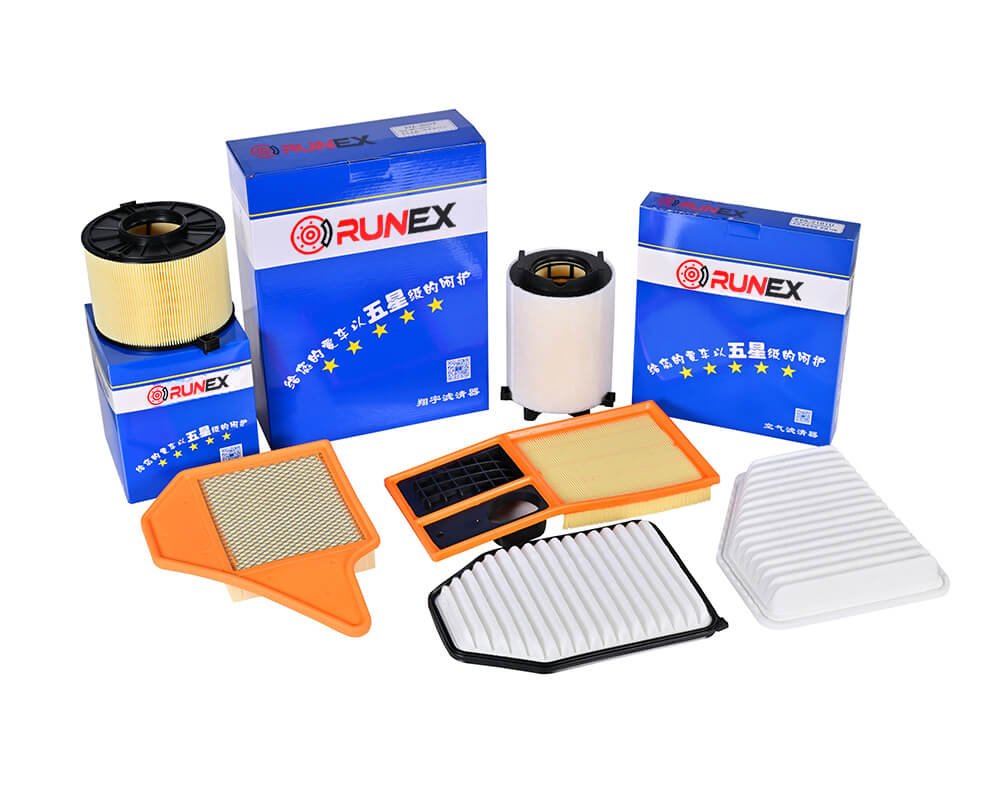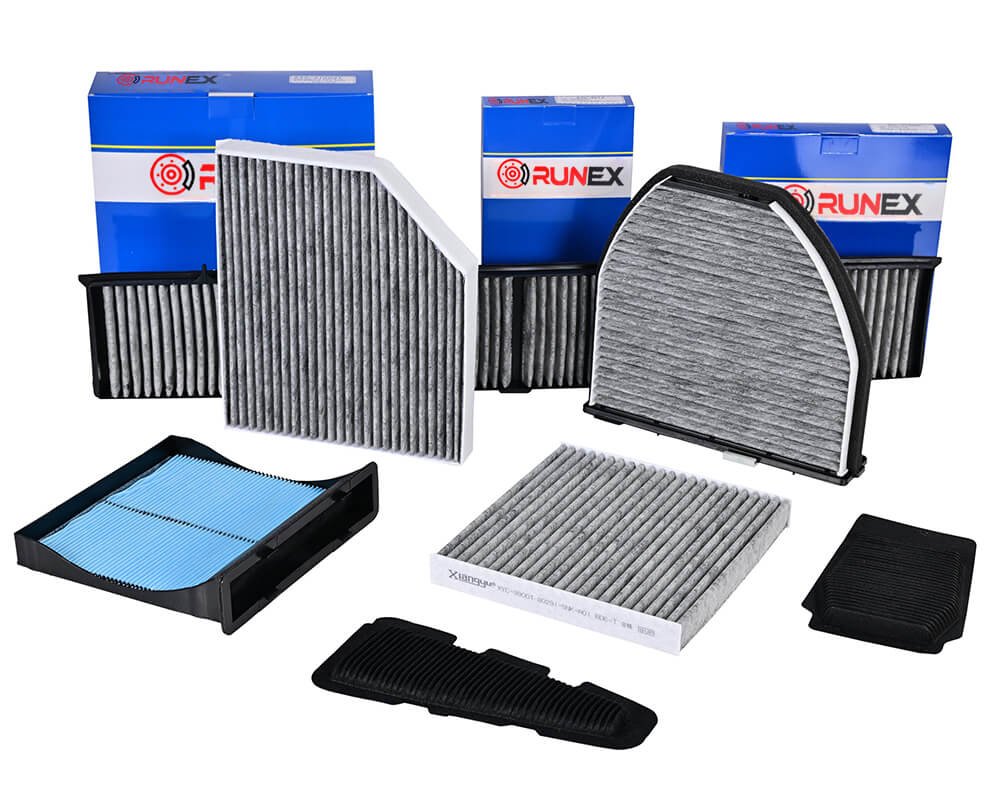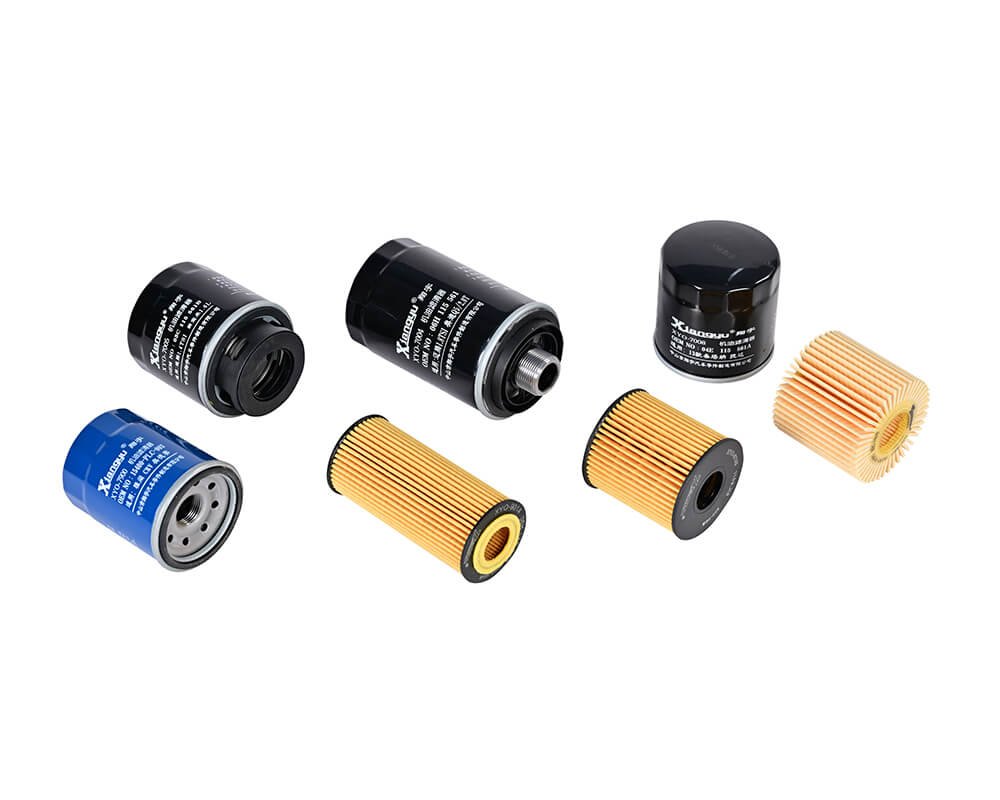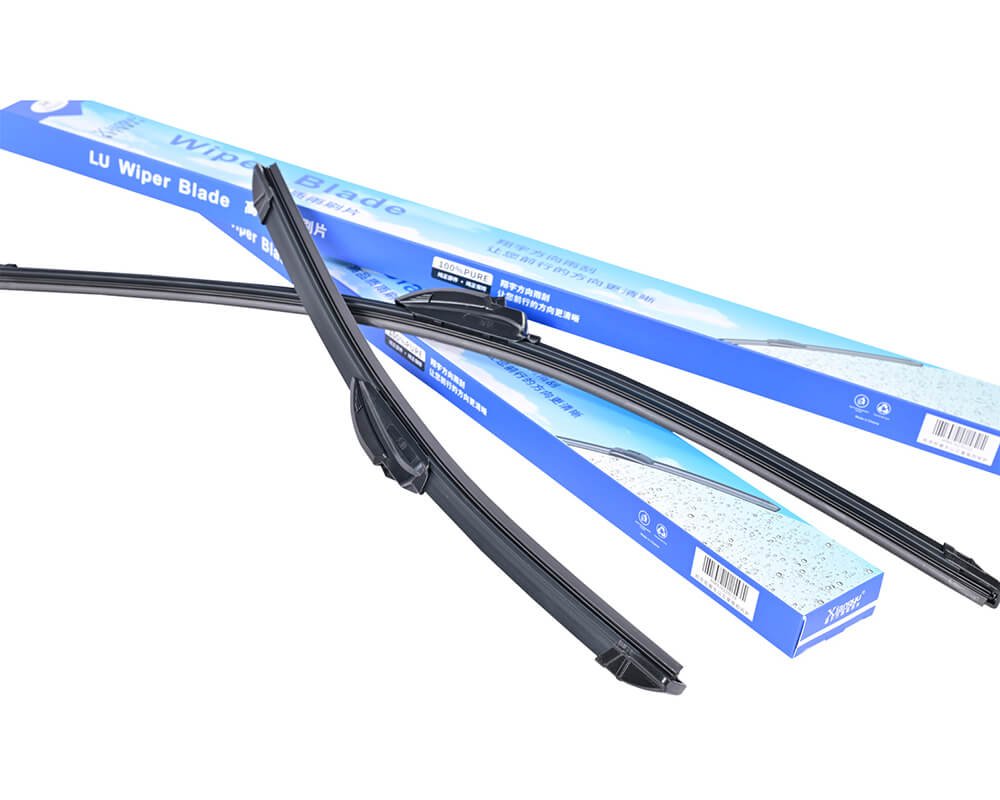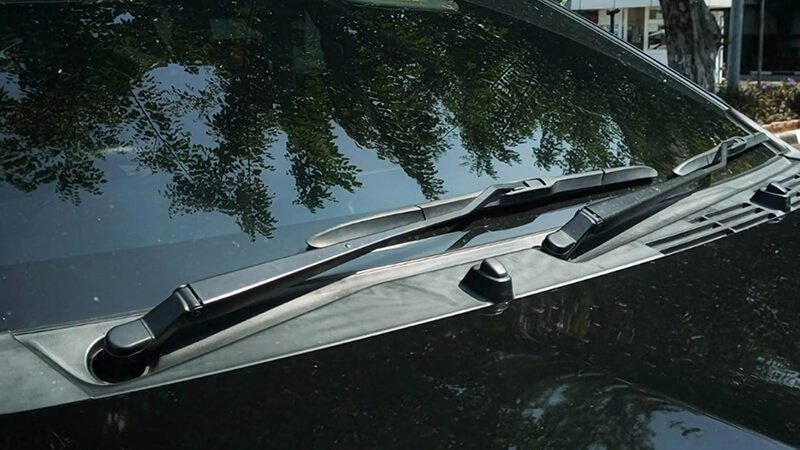I see many drivers worry about brake costs, stall, and risk. The temptation is strong to swap only the worn pads and move on.
Yes. Replacing only the front brake pads is fine when the rear pads still have safe thickness, as long as you inspect the whole system and confirm even braking balance.
We cannot stop at a quick answer. Bad choices in braking parts can grow into bigger bills or accidents. Let me walk through each common doubt so you keep people, cargo, and reputation safe.

Is it okay to only change front brake pads?
Most cars lean on the front axle when they slow down. This heavy work wears front pads faster.
Front‑only replacement is safe if rear pads still meet the maker’s minimum thickness and the brake fluid stays healthy.
Weight transfer and pad wear
When I press the pedal, weight shifts forward. Roughly 70–80 % of stopping force loads the front pads. Their friction layer thins quickly while rear pads live almost twice as long. Yet weather, load, and driving style can skew this ratio. Winter salt roughens rotor faces and speeds wear. A van that carries tools every day uses its rear brakes harder on downhill roads.
| Vehicle type | Typical pad life1 (front) | Typical pad life (rear) | Front : rear wear ratio |
|---|---|---|---|
| Compact sedan | 40 000 km | 70 000 km | 1 : 1.75 |
| Medium SUV | 35 000 km | 55 000 km | 1 : 1.57 |
| Loaded delivery van | 30 000 km | 45 000 km | 1 : 1.5 |
Inspection metrics before front‑only service
I use a ten‑point checklist. It covers pad thickness, taper, glazing, rotor run‑out, caliper slide torque, and brake fluid boiling point2. If any rear pad sits under 4 mm, I schedule a full axle change.
| Metric | Green zone | Caution | Fail |
|---|---|---|---|
| Rear pad thickness | > 5 mm | 3–5 mm | < 3 mm |
| Rotor run‑out | < 0.04 mm | 0.04–0.06 | > 0.06 |
| Fluid boiling point | > 210 °C | 190–210 | < 190 |
Hidden costs of skipping rear pads
I once worked with a ride‑hailing fleet in Manchester that replaced fronts only to save cash during holiday peaks. Three months later, the rear pads hit steel, cutting rotors and sidelining six cars. The unplanned downtime lost more revenue than the original parts bill. The lesson: calculate total cost3, not ticket price.
Overall, front‑only pad replacement is acceptable when measurement proves the rear system healthy. Check, record, and decide—never guess.

Can you replace just two brake pads?
Some drivers spot a single pad worn from a stuck caliper and wonder if swapping that lone piece is enough.
Replacing only one wheel pair—or worse, one single pad—creates uneven friction that can pull the car sideways under hard stops. Always service pads as an axle set so both wheels on that axle share the same grip.
Symmetry in hydraulic design
Modern cars split hydraulic circuits4 diagonally or front‑rear. Both layouts expect identical friction material on paired wheels. If the left pad bites harder than the right, the brake force vector5 skews. Electronic stability control tries to correct, but it cannot overcome basic physics.
| Hydraulic split | Matching pads required? | Failure outcome if unmatched |
|---|---|---|
| Diagonal (LF+RR / RF+LR) | Yes | Car yaws under panic stop |
| Front–rear | Yes | ABS cycles unevenly, pedal pulses |
Real‑world imbalance risks
Years ago, a small parts shop offered a customer one pad because “the other looks fine.” He agreed. A week later, he returned after a motorway scare; the car veered right when he braked to avoid debris. New pads on both sides cured the pull and restored confidence.
Axle‑set replacement best practices
- Match compound and brand. Even slight formula shifts alter friction curves.
- Replace hardware. New springs and clips prevent pad rattle that can disturb wear.
- Bed‑in as a pair. Perform ten medium stops from 60 km/h to seat material evenly.
| Step | Purpose | Time |
|---|---|---|
| Clean caliper bracket | Remove rust high spots | 5 min |
| Fit new axle‑set pads | Restore symmetry | 10 min |
| Bleed caliper | Remove air pockets | 8 min |
Axle symmetry is non‑negotiable. Two pads bought cheap cost little; a bent control arm after a lane‑change crash costs plenty.
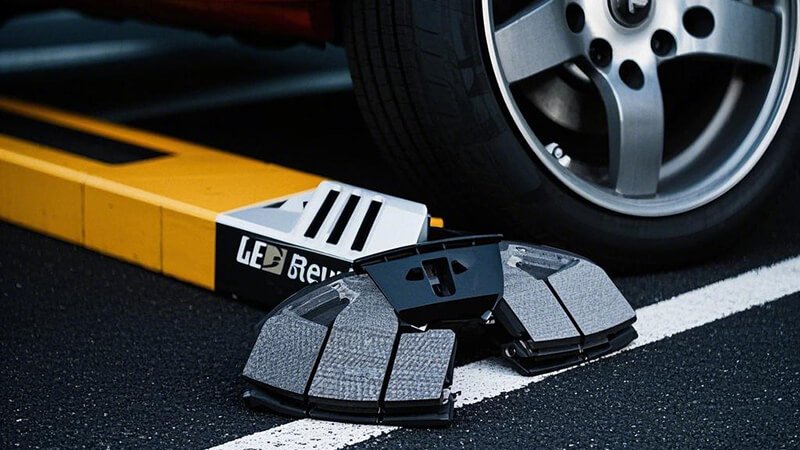
Can I drive with only front brakes?
A myth says front brakes do “all the work,” so a car can limp along without the rears. That is dangerous.
Driving with failed or missing rear pads is risky. Stopping distance grows, brake balance shifts, and electronic systems misread wheel speed.
Physics of rear‑axle braking
During heavy stops, rear wheels carry around 20–30 % of the deceleration. That slice trims several meters off the halt. Without it, brake fade strikes sooner because front pads absorb all heat.
| Speed | Stopping distance (all brakes) | Stopping distance (front only) | Extra distance |
|---|---|---|---|
| 50 km/h | 15 m | 20 m | +33 % |
| 80 km/h | 36 m | 47 m | +30 % |
| 110 km/h | 65 m | 84 m | +29 % |
Stability and insurance impact
I handled a claim where a courier van skidded on icy asphalt with failed rear pads. The insurer traced the fault to poor maintenance and reduced payout. Regulations like the UK MOT test also require balanced brake output above 50 % efficiency at the rear6.
Thermal management
Front pads can hit 500 °C on a mountain pass. Normally the rear handles 150–200 °C, easing front load. Remove that help and thermal fade appears after a few minutes. Once the resin in pad material boils, friction drops sharply, pedal travel grows, and panic spreads.
Maintenance tip: rear‑pad forecast
Use pad thickness trend charts7. I log every service and project remaining life. For example, if rears lose 1 mm every 15 000 km and sit at 5 mm now, schedule pad replacement within 60 000 km or 12 months—whichever comes first.
| Pad thickness now | Wear rate per 15 000 km | Distance to minimum 3 mm | Months at 20 000 km/yr |
|---|---|---|---|
| 6 mm | 1 mm | 45 000 km | 27 mo |
| 5 mm | 1 mm | 30 000 km | 18 mo |
| 4 mm | 1 mm | 15 000 km | 9 mo |
Never gamble on front brakes alone. The cost of new rear pads is small compared with a rear‑end collision.
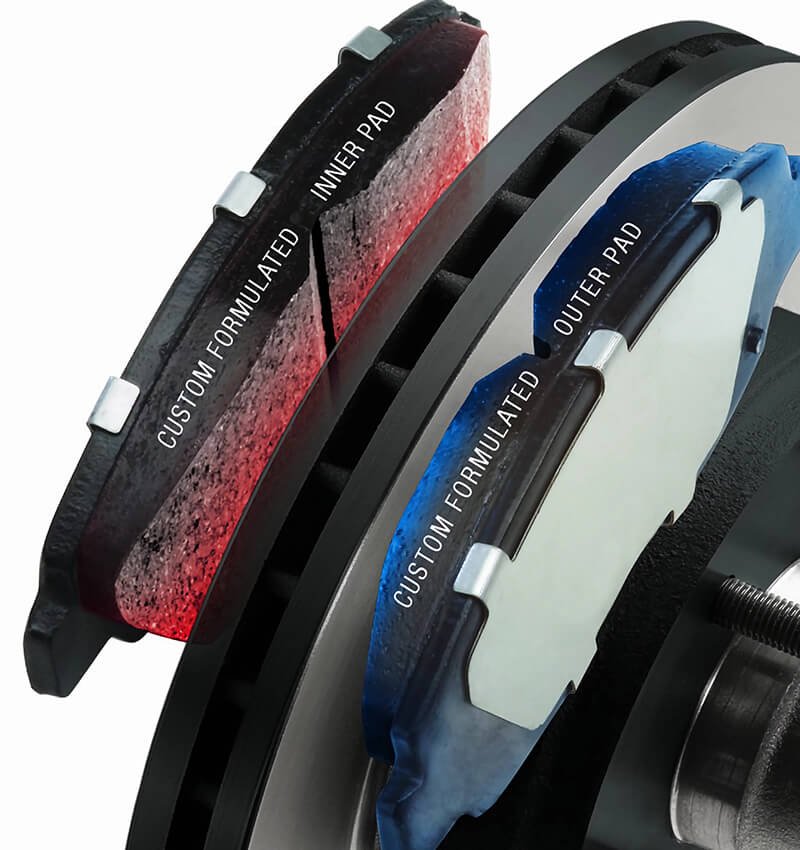
Can you just change brake pads and not discs?
Pads are the consumable layer. Rotors last longer but not forever. You can change pads alone when discs stay within thickness, run‑out, and surface limits.
I always measure disc thickness, look for scoring, and check run‑out with a dial gauge. If any limit is close, I replace discs with pads together.
Disc metallurgy and heat cycles
Rotors are cast iron with graphite flakes that absorb heat. Each panic stop heats the surface to 400–600 °C, then cools. After 20–30 such cycles, micro‑cracks8 form. If the disc is thin, cracks spread.
| Rotor thickness vs. new | Heat capacity loss | Fade risk |
|---|---|---|
| 100 % | 0 % | Low |
| 90 % | 5 % | Medium |
| 80 % | 10 % | High |
| < 75 % | 15 %+ | Critical |
Surface roughness and bedding
New pads need a plateau surface to embed resin and transfer friction film. If grooves exceed 0.3 mm, pads cannot seat. Vibration and noise follow.
| Groove depth | Noise rating | Pad bedding quality |
|---|---|---|
| < 0.1 mm | Quiet | Good |
| 0.1–0.3 mm | Possible squeak | Fair |
| > 0.3 mm | Loud | Poor |
Decision matrix for disc service
| Measurement | Replace pads only | Machine disc | Replace disc |
|---|---|---|---|
| Thickness > min +1 mm, run‑out < 0.04 mm, grooves < 0.1 mm | ✔️ | ✖️ | ✖️ |
| Thickness > min, run‑out 0.04–0.06 mm, grooves 0.1–0.3 mm | ✖️ | ✔️ | ✖️ |
| Thickness ≤ min, run‑out > 0.06 mm, cracks, blue spots | ✖️ | ✖️ | ✔️ |
Pad‑only swap protocol
- Rotor face polish. Use 120‑grit non‑woven pad to remove glaze.
- Chamfer pad edges. A 45° cut reduces initial squeal.
- Apply high‑temp grease. Coat pad backing to damp harmonics.
- Bedding cycle. Ten stops from 60 km/h to 10 km/h with 30 sec cool‑off.
Failing to prep rotors shortens pad life by up to 20 % in our lab tests. Proper surface prep keeps the friction coefficient stable and the wheel silent.

Conclusion
Front brake pads 9 do wear first, yet any replacement decision must honor the whole system. Replace pads by axle, keep left and right equal, and verify rear pads and rotors before calling the job done. Use clear metrics—thickness, run‑out, surface, and heat capacity—to decide on discs. Facts beat guesswork every time. When you treat brakes as a complete team, you gain shorter stops, quieter rides, and lower lifetime cost.
-
Understanding pad life helps in planning maintenance and avoiding costly repairs. Explore this link for detailed insights. ↩
-
Knowing the boiling point of brake fluid is crucial for safe braking performance. Check this resource for essential information. ↩
-
Calculating total cost helps in making informed decisions about vehicle maintenance. Discover more about this topic here. ↩
-
Understanding hydraulic circuits is crucial for safe vehicle operation and maintenance. Explore this link to learn more about their design and function. ↩
-
The brake force vector plays a vital role in vehicle control during braking. Discover its impact on safety and performance by exploring this resource. ↩
-
Exploring the importance of balanced brake output can help you ensure your vehicle meets safety regulations and performs optimally. ↩
-
Learning to use pad thickness trend charts can help you maintain your brakes effectively, preventing costly repairs and ensuring safety. ↩
-
Understanding micro-cracks can help you maintain brake efficiency and safety. Explore this resource for in-depth insights. ↩
-
Finding your best auto brake pads from Runex auto, and clicking this link to get your best price for your business. ↩




